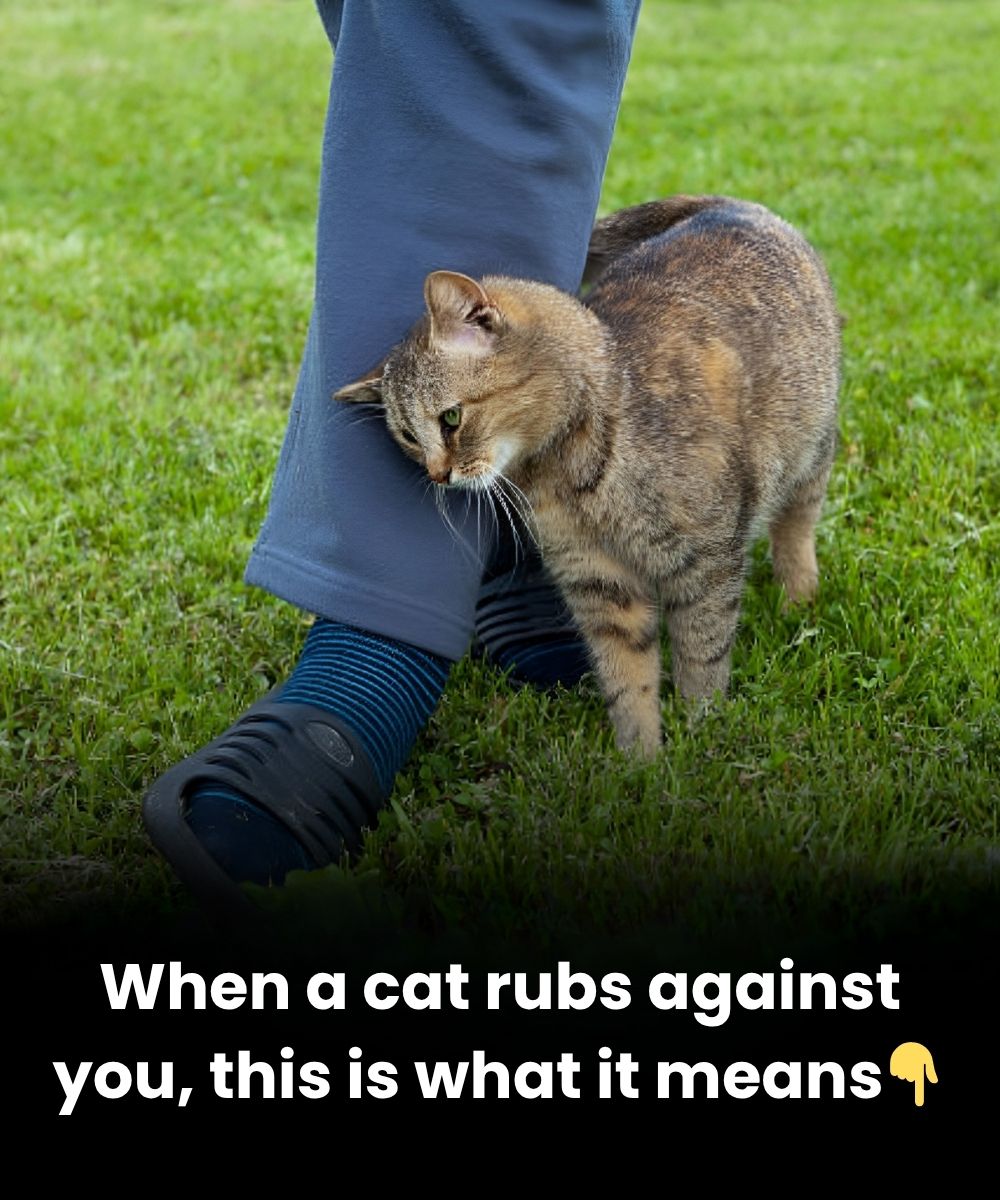Use Your Voice
Cats recognize and react to your tone of voice. Respond with a soft, soothing tone — “Hey there” or “Good kitty.” They may not understand your words, but they’ll feel your warmth and calm energy. The sound of your voice reassures them that their trust was well-placed.
Context Matters
Not every rub means the same thing.
- A head rub at the door? A loving welcome back.
- A brush in the kitchen while looking at the bowl? A polite feed me.
- A quiet rub while you’re sitting still? A request for closeness.
Understanding context helps you meet your cat’s emotional needs without confusion.
Don’t Overdo It
Sometimes, after rubbing you, your cat walks away — and that’s perfectly fine. The gesture itself was the point. Cats value autonomy; affection is most meaningful when it’s mutual, not forced.
Building Trust Over Time
Every positive response you give — a gentle pet, a kind word, or even just stillness — becomes part of your shared emotional memory. Over time, your cat learns that coming to you means peace and safety. That’s how trust turns into ritual — the small, daily acts that define your connection.
The Science of the Rub
Research shows that cats use rubbing to build social bonds within groups. When your cat includes you in this behavior, it’s a sign of inclusion and emotional safety. It’s their instinctive way of saying, I trust you.
Final Thoughts
When your cat rubs against you, it’s more than a casual gesture — it’s communication at its purest form. It’s their way of expressing love, trust, and belonging without a single word.
So next time it happens, pause and feel the moment. Respond softly. Speak kindly. Appreciate the connection.
❤️ How does your cat show affection? Share your stories in the comments — fellow cat lovers will relate!

